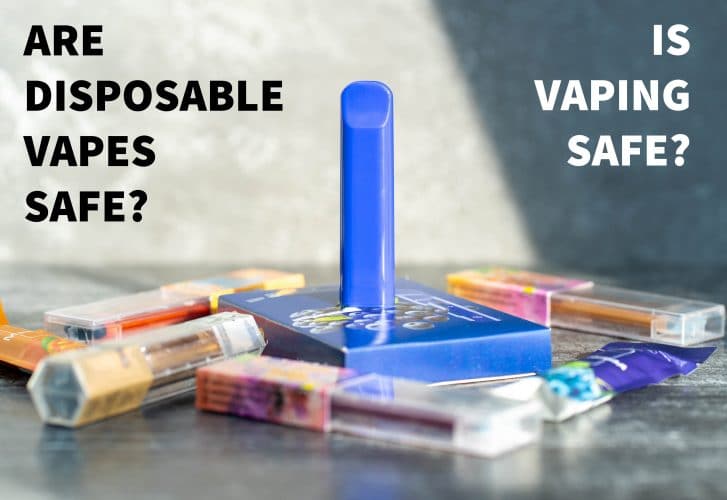In recent years, the world has witnessed a significant evolution in the way people choose to satisfy their nicotine cravings. One of the most notable trends that has emerged is the rise of vaping, a practice that has taken the tobacco and smoking industry by storm. Cake Disposables Vaps, short for vaporization, involves inhaling aerosolized liquids through electronic devices commonly known as vape pens or e-cigarettes. This modern method of nicotine consumption has garnered both enthusiasm and skepticism, sparking debates about its safety, effectiveness as a smoking cessation tool, and impact on public health.
Vaping offers a distinctive departure from traditional combustible cigarettes by eliminating the combustion process that generates harmful tar and numerous carcinogens. Instead, vapers inhale vaporized e-liquids, which usually consist of nicotine, flavorings, and other chemicals. Proponents argue that this reduction in harmful compounds makes vaping a potentially less harmful alternative to smoking, aiding those who aim to quit smoking altogether. Consequently, vaping has gained popularity among individuals seeking to transition away from tobacco, with some studies suggesting that it might indeed be an effective smoking cessation aid.
However, the vaping landscape is not without its concerns. The rapid growth of vaping, especially among young adults and even teenagers, has raised alarm bells for health experts and policymakers. Flavored e-liquids, often marketed in enticing ways, have been criticized for appealing to younger demographics and potentially luring them into nicotine addiction. Moreover, questions about the long-term health effects of inhaling various vaping substances persist, as researchers work to understand the potential risks associated with chronic vaping.
Regulation and legislation surrounding vaping vary widely across different jurisdictions, adding to the complexity of this phenomenon. Some countries have embraced vaping as a harm reduction strategy and allow its sale and use with certain restrictions, while others have taken a more cautious approach, imposing strict bans or heavy regulations on vaping products. The debates around these regulations often pivot on balancing the potential benefits of vaping as a harm reduction tool against the risks of normalizing nicotine use, particularly among non-smoking populations.


